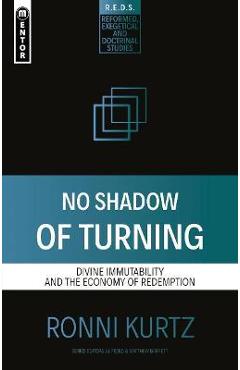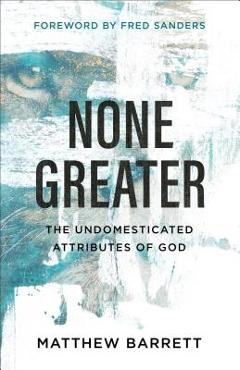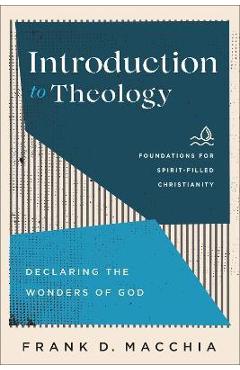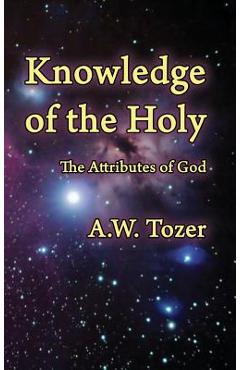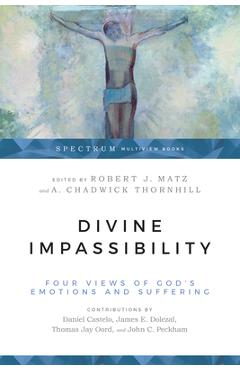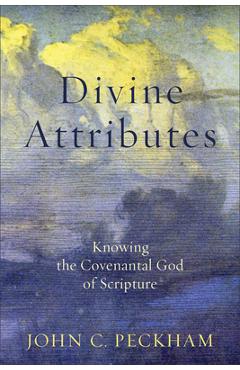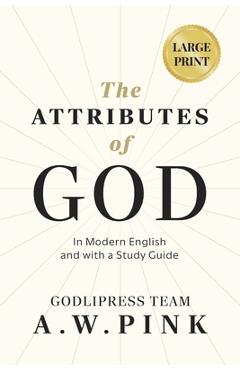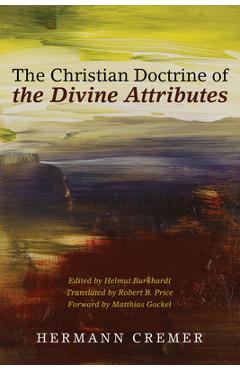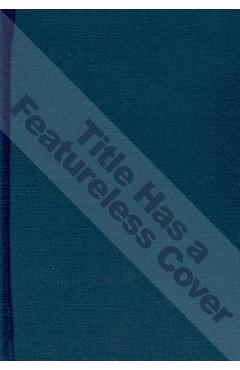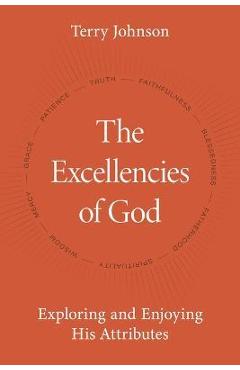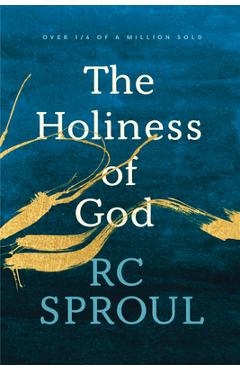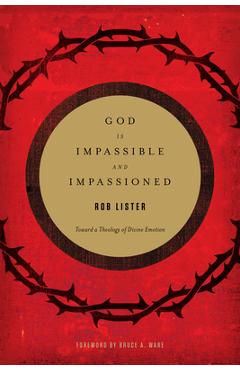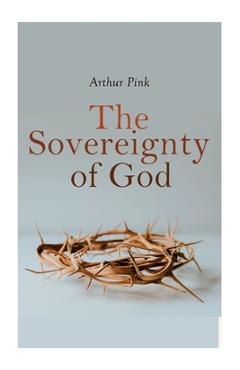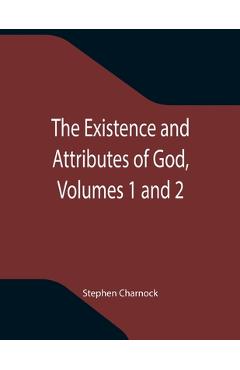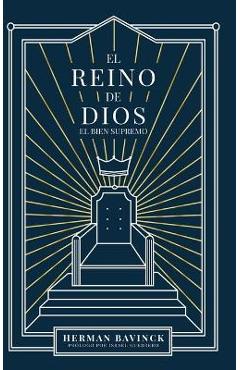Confessing the Impassible God: The Biblical, Classical, & Confessional Doctrine of Divine Impassibility
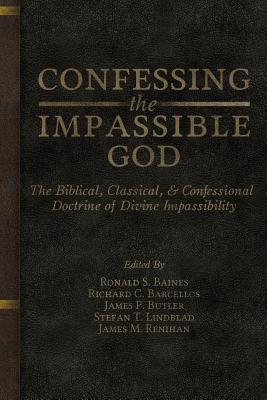
Confessing the Impassible God: The Biblical, Classical, & Confessional Doctrine of Divine Impassibility
The book is structured as follows. The Introduction presses home the importance of the doctrine of divine impassibility. Readers will be challenged to recognize that tinkering with divine impassibility as classically understood has implications that always end up compromising other fundamental articles of the Christian faith. The main argument is contained in seven parts. Part I addresses vital issues of prolegomena. Prior to providing a positive explication of the doctrine, we outline our theological method. Chapter 1 discusses the theological grammar of the doctrine of divine impassibility. Important concepts such as biblical metaphysics, act and potency, and the analogy of being are discussed. These are basic and crucial concepts to understand at the outset. Chapter 2 offers an introduction to the hermeneutical method employed throughout. These two chapters together reflect our commitment to the traditional language of classical theism and the hermeneutics of the Reformed tradition as articulated in the English Reformed Confessions of the sixteenth and seventeenth centuries. As readers will become aware in reading the subsequent sections, the issue of method is crucial and foundational in this discussion. Part II (chapters 3-7) covers the Old and New Testaments. Though all potential passages of Scripture are not discussed, the most important texts on the subject of divine impassibility are addressed. The order of these chapters reflects our hermeneutical method: we consider texts on the nature of God first, texts which speak of immutability and impassibility next, concluding with those texts that appear to indicate some sort of passibility in God. Each testamental section ends with a brief conclusion. Part III (chapters 8-9) surveys the history of the doctrine of divine impassibility. We seek to demonstrate that what was once a catholic doctrine has become muddied as scholars of various theological traditions have reformulated, modified, and in some instances rejected classical theism's commitment to divine impassibility. Part IV (chapters 10-12) offers a systematic-theological approach to the subject. It assumes Parts I-III and builds upon them. Careful discussion is provided on such issues as the relationship of divine impassibility to the essence and attributes of God, the divine affections, and the incarnation of the Son of God. Our goal is for readers to realize the significance of divine impassibility in relation to many other essential doctri
PRP: 154.92 Lei
Acesta este Pretul Recomandat de Producator. Pretul de vanzare al produsului este afisat mai jos.
139.43Lei
139.43Lei
154.92 LeiIndisponibil
Descrierea produsului
The book is structured as follows. The Introduction presses home the importance of the doctrine of divine impassibility. Readers will be challenged to recognize that tinkering with divine impassibility as classically understood has implications that always end up compromising other fundamental articles of the Christian faith. The main argument is contained in seven parts. Part I addresses vital issues of prolegomena. Prior to providing a positive explication of the doctrine, we outline our theological method. Chapter 1 discusses the theological grammar of the doctrine of divine impassibility. Important concepts such as biblical metaphysics, act and potency, and the analogy of being are discussed. These are basic and crucial concepts to understand at the outset. Chapter 2 offers an introduction to the hermeneutical method employed throughout. These two chapters together reflect our commitment to the traditional language of classical theism and the hermeneutics of the Reformed tradition as articulated in the English Reformed Confessions of the sixteenth and seventeenth centuries. As readers will become aware in reading the subsequent sections, the issue of method is crucial and foundational in this discussion. Part II (chapters 3-7) covers the Old and New Testaments. Though all potential passages of Scripture are not discussed, the most important texts on the subject of divine impassibility are addressed. The order of these chapters reflects our hermeneutical method: we consider texts on the nature of God first, texts which speak of immutability and impassibility next, concluding with those texts that appear to indicate some sort of passibility in God. Each testamental section ends with a brief conclusion. Part III (chapters 8-9) surveys the history of the doctrine of divine impassibility. We seek to demonstrate that what was once a catholic doctrine has become muddied as scholars of various theological traditions have reformulated, modified, and in some instances rejected classical theism's commitment to divine impassibility. Part IV (chapters 10-12) offers a systematic-theological approach to the subject. It assumes Parts I-III and builds upon them. Careful discussion is provided on such issues as the relationship of divine impassibility to the essence and attributes of God, the divine affections, and the incarnation of the Son of God. Our goal is for readers to realize the significance of divine impassibility in relation to many other essential doctri
Detaliile produsului









